15crmo alloy steel pipe is a kind of seamless steel pipe, its performance is much higher than the general seamless steel pipe, because this kind of steel pipe contains more Cr, and its high temperature resistance and corrosion resistance is not comparable to other seamless steel pipe, so the alloy pipe is more widely used in the petroleum, chemical industry, electric power, boiler and other industries.
I. 15CrMo alloy steel pipe domestic and international standards:
i. Chinese national standard
GB/T 3077-2015: alloy structural steel
GB 5310-2017: Seamless steel pipe for high pressure boilers
GB 9948-2013: Technical conditions of steel pipes for petroleum and petrochemical industry
NB/T 47008-2017: Carbon and alloy steel forgings for pressurized equipment
ii. International Standards
ASTM A335: High temperature alloy steel pipe
API 5L: Steel pipe for oil and gas transportation
II. 15CrMo alloy steel pipe chemical composition table (based on GB/T 3077 standard)
| Element | Content Range (wt.%) | Function and Limitations |
|---|---|---|
| Carbon (C) | 0.12~0.18 | Strengthens pearlite structure, balances strength and weldability; excessive amounts may lead to carbide precipitation. |
| Silicon (Si) | 0.17~0.37 | Acts as a deoxidizer, improving steel purity; high levels can reduce low-temperature toughness. |
| Manganese (Mn) | 0.40~0.70 | Works with carbon to adjust pearlite proportion, optimizing the balance between strength and toughness. |
| Chromium (Cr) | 0.80~1.10 | Forms Cr₂O₃ oxide film, enhancing oxidation resistance (effective below 550℃) and high-temperature strength. |
| Molybdenum (Mo) | 0.40~0.55 | Solid solution strengthening, inhibits pearlite transformation, improves tensile strength (δb≥440MPa) at 500-550℃. |
| Sulfur (S) | ≤0.035 | Strictly limited to improve resistance to hydrogen-induced cracking (HIC) and reduce hot shortness. |
| Phosphorus (P) | ≤0.035 | Inhibits grain boundary embrittlement, ensuring long-term stability at high temperatures. |
| Nickel (Ni) | ≤0.30 (residual) | Not added as an alloying element; only trace amounts are allowed. |
| Copper (Cu) | ≤0.30 (residual) | Not a designed element; may come from raw materials, controlled to avoid corrosion sensitivity. |
Table Notes:
Core alloy system: Cr-Mo-C as the core, omitting high value elements such as nickel (Ni), vanadium (V) and boron (B). The core alloy system: Cr-Mo-C as the core, omitting nickel (Ni), vanadium (V), boron (B) and other high-value elements, focusing on the design of low-cost heat-resistant steel.
Impurity control: Sulfur and phosphorus content is strictly controlled to ≤0.035%, which is significantly better than ordinary carbon steel (S/P≤0.045%).
International Comparison: Compared with ASTM A387 (USA) and DIN 17175 (Germany) standards, chromium and molybdenum content ranges are similar, but the upper limit of carbon content is slightly higher (GB: 0.18% vs ASTM: 0.17%).
III. 15CrMo alloy steel pipe core performance analysis
i. High temperature stability performance
(1)Antioxidant ability
When working continuously under 550℃, a dense Cr₂O₃ oxide film (thickness of about 2-5μm/year) is formed on the surface, which significantly reduces the oxidation rate.
When exceeding 550℃, the oxidation rate increases exponentially (>10μm/year), and it is recommended to use with the surface aluminizing process to upgrade to 650℃.
(2) High-temperature strength parameters
500 ℃ tensile strength ≥ 440MPa, yield strength ≥ 295MPa
Enduring strength at 550℃: 85MPa (100,000 hours fracture)
Thermal expansion coefficient: 13.5×10-⁶/°C (20-550°C)
ii. Medium corrosion resistance analysis
(1)Acidic environment
Resistant to dilute sulfuric acid (concentration <10%): annual corrosion rate ≤ 0.15mm
Hydrochloric acid (concentration <5%): need to add corrosion inhibitor, otherwise the corrosion rate doubled.
(2)Alkaline environment
Sodium hydroxide solution (concentration 30%): annual corrosion rate ≤ 0.12mm
Ammonia environment: anti-stress corrosion critical stress intensity factor KISCC = 35MPa√m
(3) Special media
Hydrogen sulfide partial pressure ≤ 0.3MPa, hydrogen permeability reduced by 60% compared with carbon steel
Seawater salt spray environment: need to be used with 3mm epoxy resin coating.
iii. Welding process key control points
(1) Preheating specifications
Mandatory requirements: preheat to 150-200 ℃ before welding, three-point temperature measurement method to ensure uniformity
Interlayer temperature control: ≥150℃ (TIG welding) / ≥120℃ (arc welding)
(2) Welding program selection
| Scheme | Applicable Scenario | Post-Weld Treatment Requirements | Impact Toughness Comparison |
|---|---|---|---|
| Scheme I | High-pressure pipelines (>10MPa) | Tempering at 715℃ for 75 minutes | Fusion line: 162 J/cm² |
| Scheme II | Temporary repair / No heat treatment possible | No heat treatment | Fusion line: 109 J/cm² |
(3) Quality inspection standard
100% ray detection (in accordance with ASME BPVC Section V)
Hardness gradient control: weld zone ≤179HB, heat affected zone ≤241HB
Penetration testing: mandatory in hydrogen-containing medium pipelines.
IV. 15CrMo alloy steel pipe core application scenarios
i. High temperature energy systems
(1) Core use
Thermal power generation boiler piping (main steam pipe, water-cooled wall)
Auxiliary cooling piping for nuclear power plants
Steam turbine high-pressure cylinder components
(2) Performance Advantages
Tensile strength ≥440MPa at 550°C
High temperature enduring strength 85MPa (100,000 hours)
Thermal power plant boiler tube life of more than 100,000 hours
ii. Petrochemical equipment
(1)Key parts
Hydrogenation reactor shell (420-480 ℃)
Oil and gas transportation pipeline (H₂S partial pressure ≤ 0.3MPa)
Chemical heat exchanger tube bundle
(2)Special value
Hydrogen corrosion resistance 60% stronger than carbon steel
Annual corrosion rate of dilute sulfuric acid <0.15mm
Cost 40% lower than 316L stainless steel
iii. Heavy Machinery Manufacturing
(1) Typical products
Mining crusher spindle (impact load resistance)
Exhaust pipe of ship engine (salt spray corrosion resistance)
Pressure vessel head (wall thickness 6-120mm)
(2)Technical Highlights
Surface roughness up to Ra0.8μm
Accuracy of cold drawing process ±0.05mm
Replacement of imported materials cost reduction of 50%
iv. Special industrial scenarios
(1)Innovative applications
LNG storage tank cryogenic piping (-196 ℃ impact work ≥ 27J)
Aerospace hydraulic piping (3D printing complex parts)
Automotive turbocharger shell (lightweight alternative)
(2) cutting-edge trends
Laser cladding technology to enhance the life of 30%
Intelligent monitoring system to prevent corrosion
2030 market size is expected to exceed 200 billion
v. Selection Recommendations
| Application | Recommended Specification | Standard | Service Life |
|---|---|---|---|
| Fossil Fuel Power Boiler | Φ219×20mm | GB/T 5310 | 8-12 years |
| Chemical Reactor | Φ325×25mm | ASME SA387 | 10-15 years |
| Ship Exhaust Pipe | 200×200 square tube | JIS G3463 | Over 15 years |
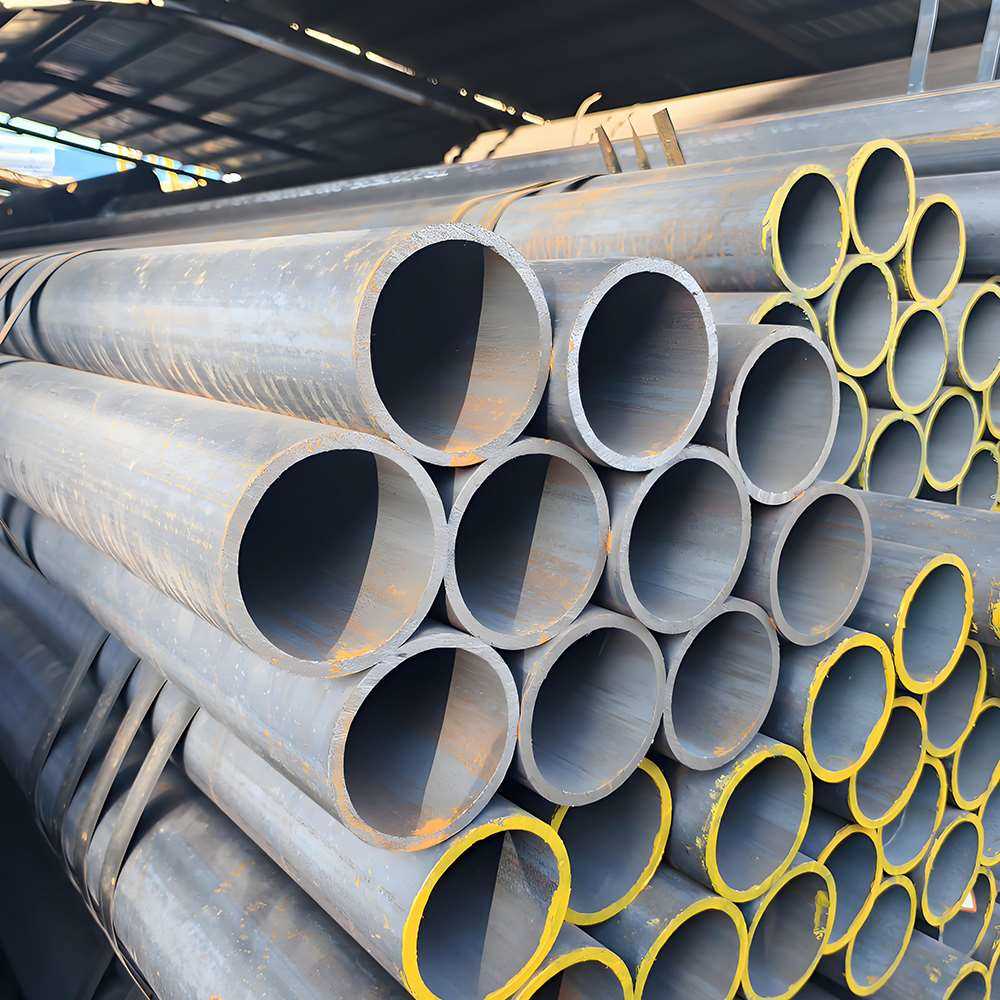
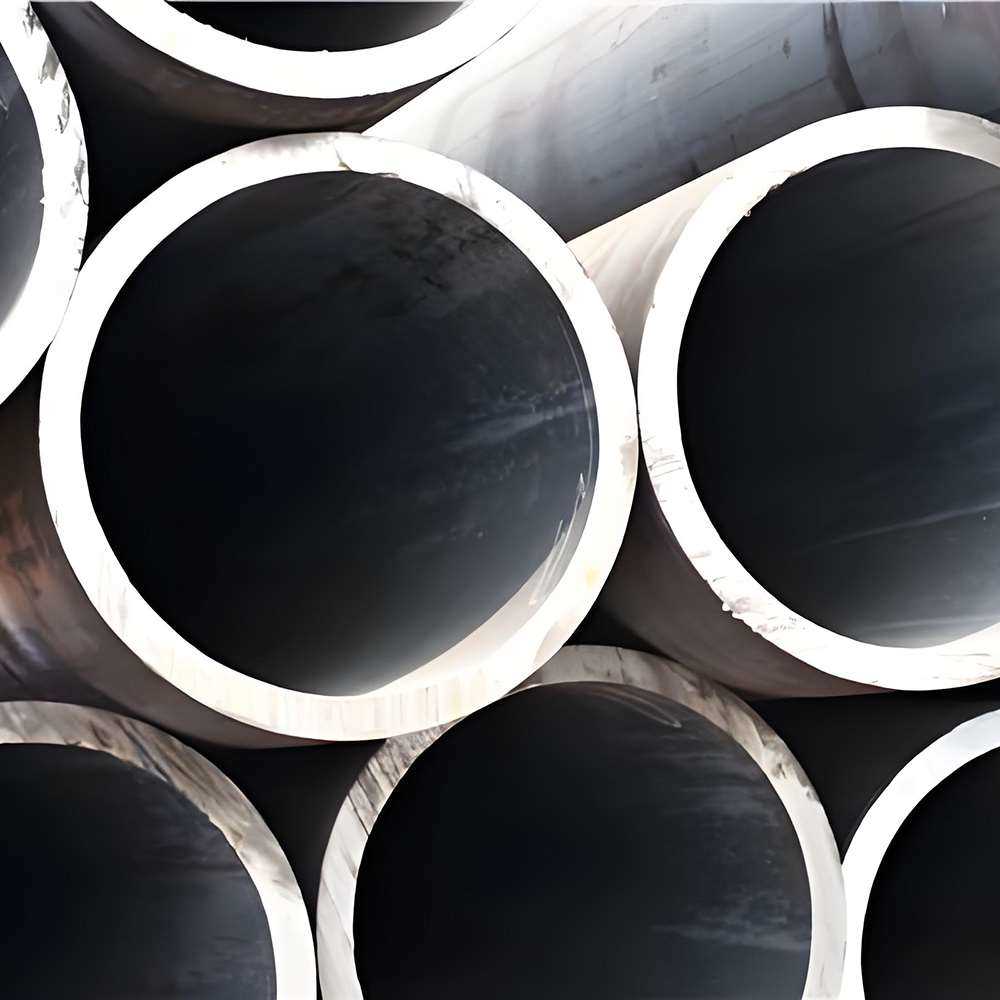
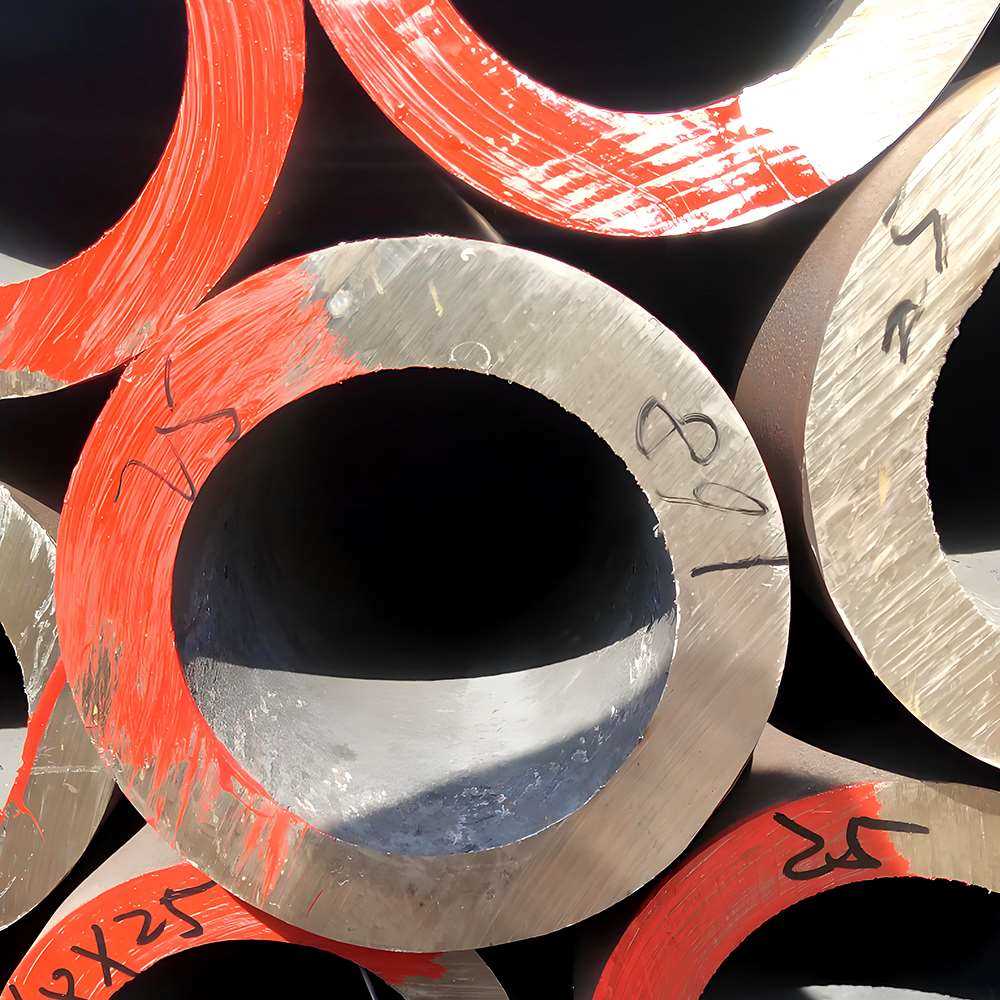
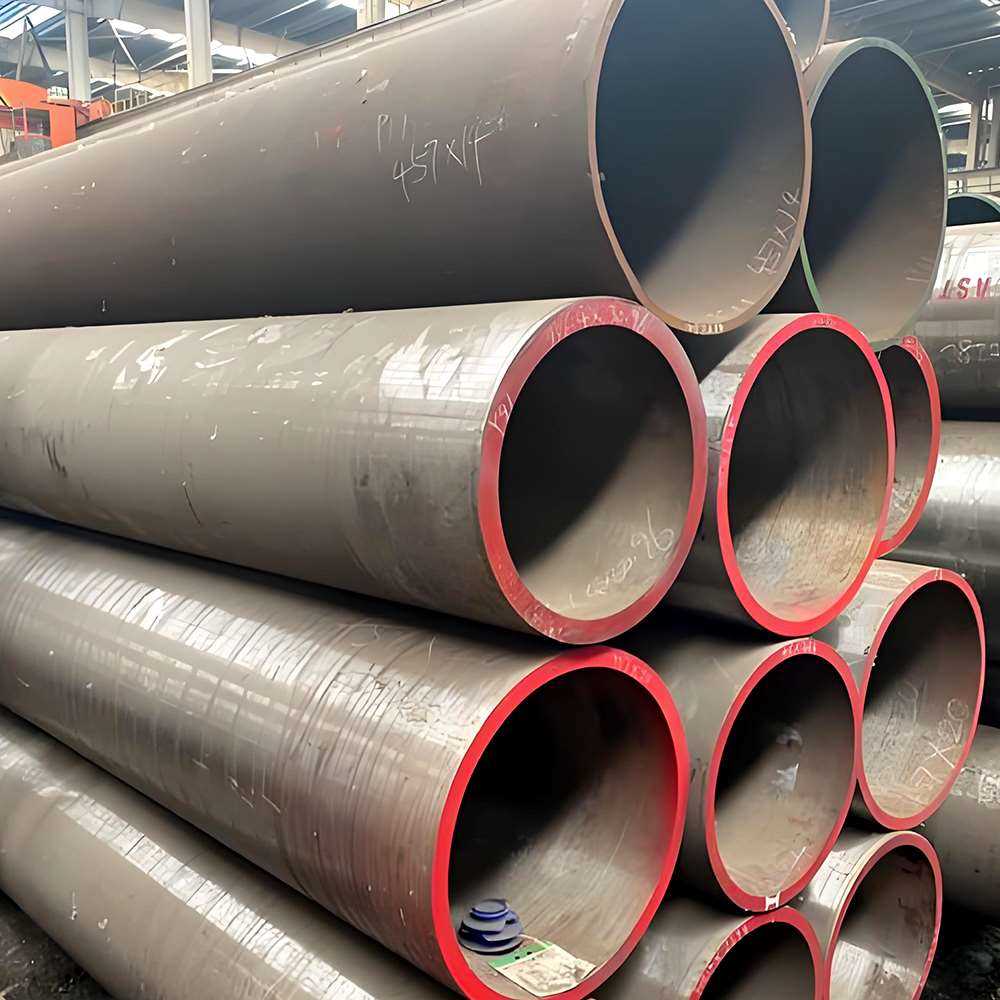
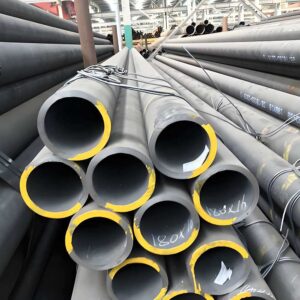
Reviews
There are no reviews yet.